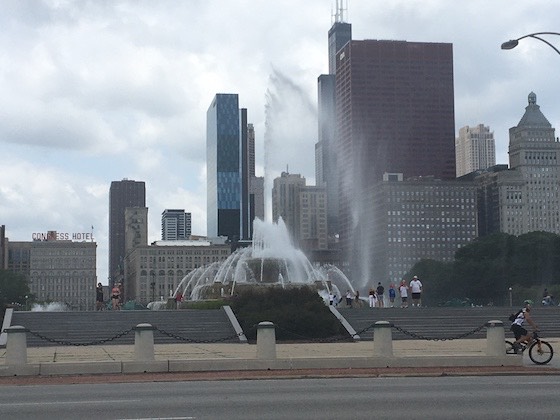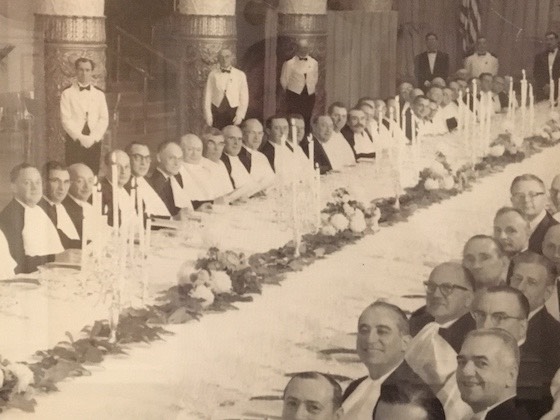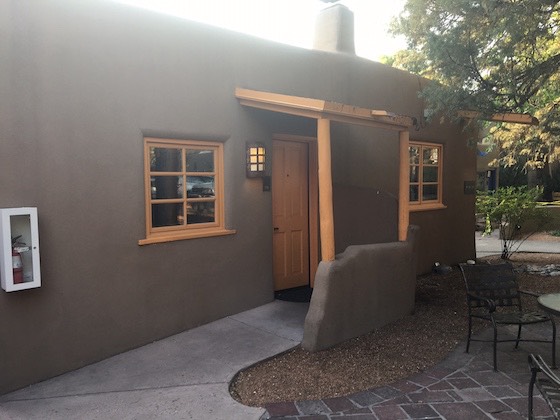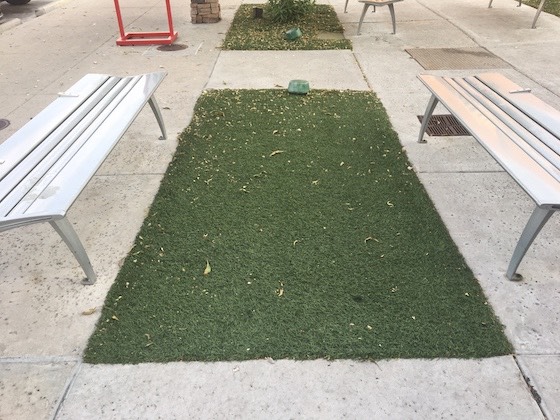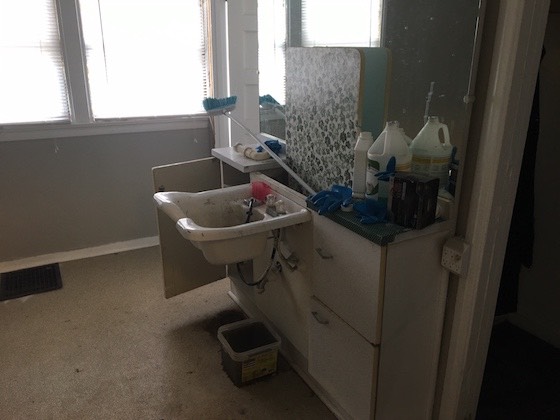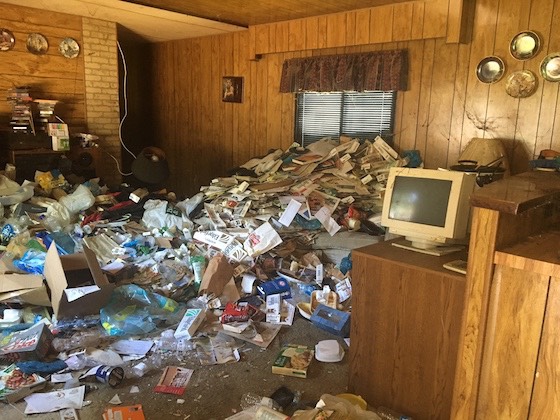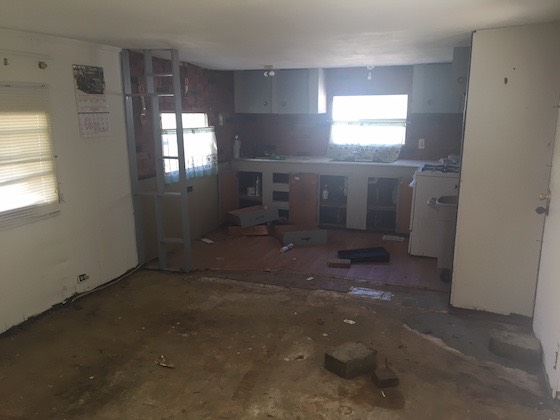This is the Buckingham Fountain in downtown Chicago, a city with a metro population of 9,551,030. While that’s the third largest population of any city metro in the U.S., it’s about 100 times larger a metro than you typically need to do well with a mobile home park. And we’ve learned this from twenty years of buying, running and selling mobile home parks in over 30 states. So what size metro do you really need for a mobile home park to be successful?
Understanding how a giant metro is constructed
What is a “metro” area? It’s a combination of a number of smaller cities that have a collective population due to a geographic concentration. But even a giant metro like Chicago is really just a diesly-dispersed number of abutting cities of around 100,000 to 200,000 population. As a result, when you buy a mobile home park in Chicago, you’re not really buying into the whole city but a tiny fragment of the market. You’re investing in Cicero, Aurora, or Joliet, not just macro Chicago – so you’re success or failure is based on the actual city or town you own in.
The magic of 100,000 population
We have found that a 100,000 metro population offers a huge number of employers, a strong Chamber of Commerce, a giant amount of housing demand, a sophisticated City Hall with strong leadership and safe public services, a large school district, and a marketing presence. In a metro of 100,000 you will have all known franchises and big-box retail, as well as several hospitals, typically some form of higher education offering (a college or junior college), and a diverse employment base.
Case studies that demonstrates this
One of our most successful mobile home park investment was in a town in Iowa with a metro population of around 100,000. It had incredible demand, high competing home prices, the ability to fill vacant lots and sell homes to qualified consumers, and a solid position in the community. We sold it at a cap rate that would rival any sale in Chicago (and the buyer had plenty of upside even at that price, unlike perhaps some Chicago neighborhoods). Over and over again, we have found that we can do as well in 100,000 populations as we can in giant cities such as Dallas, Las Vegas or Houston.
But there are notable exceptions
You can still do well in metro populations smaller than 100,000. But you have to be in areas that have strong fundamentals, as the smaller you go, the less diversity you have. Smaller markets must excel in employment construction. We prefer markets that are “recession-resistant” with major employment in healthcare, education and government sectors, and not reliant on one private sector employer. We also look for markets that have high single-family home prices and apartment rents. You can prosper in a small market of 20,000 people, if the median home price is $150,000, the three-bedroom apartment rent is $900 per month, and the top ten employers are well diversified and stable.
At the same time, you can do poorly even in a giant metro if it has weak housing prices and an anemic economy with high housing vacancy rates. The textbook example of this is Detroit, which fell from 1,850,000 population in 1950 to 677,000 today – and took everything with it. It was even the largest municipal bankruptcy case in U.S. history.
Conclusion
While giant metro populations are great, they are widely overrated. All you need is a population of 100,000 to do as well as a population of 10,000,000. Not to offend those who live in giant cities, but simply stating a fact.

